
Pour hot water over an apple and the chemicals will become clearly visible – the best way to check if an apple is toxic
The idea of pouring hot water over an apple and watching “chemicals appear clearly” has become a popular topic in many videos and articles. People are worried about pesticide residues, artificial wax, and other substances that might be on the fruit they eat every day. While this “hot water test” may look impressive, it is important to understand what it can and cannot tell you—and how to truly make apples safer to eat.
When you pour hot water over an apple, you may notice a white film, cloudy layer, or oily spots appear on the skin. In some cases, this may be a mixture of natural wax from the fruit itself, added food-grade wax, dust, and dirt loosened by the heat. Apples actually produce their own natural wax as a protective layer. In commercial production, a very thin coating of edible wax is sometimes added to keep the fruit fresh and shiny during transport. Seeing something come off the skin in hot water does not automatically mean you are looking at “dangerous poison.”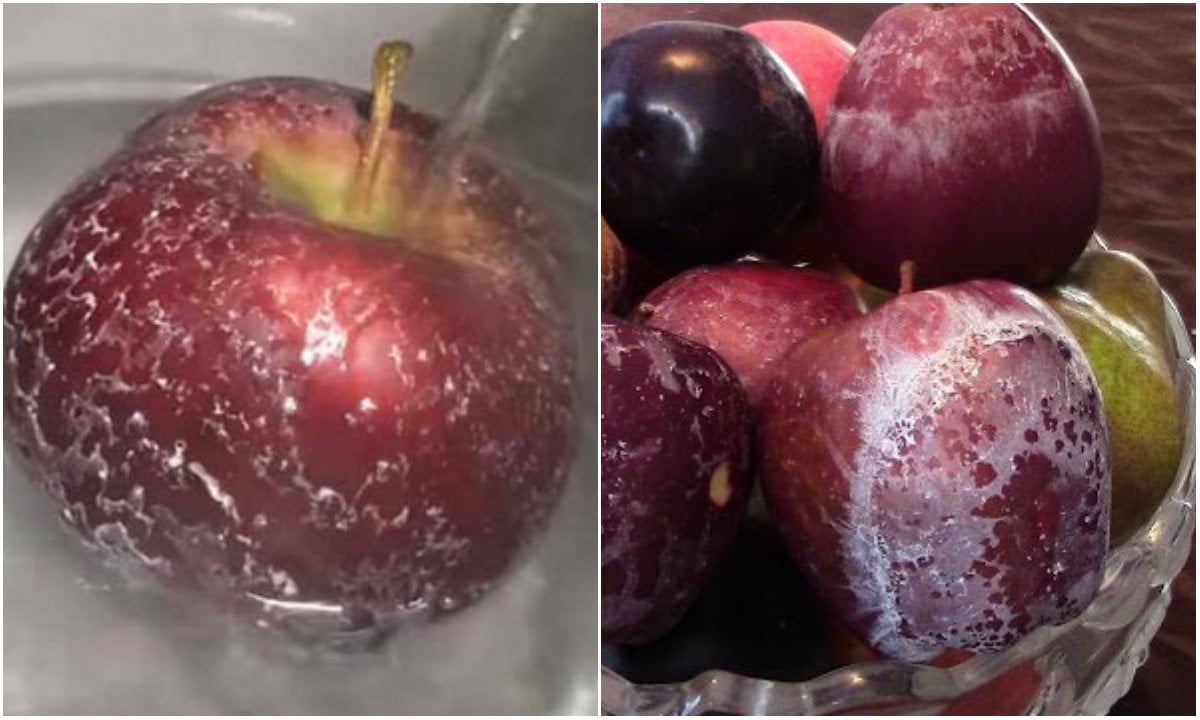
However, this visual reaction does serve one useful purpose: it reminds us that the surface of fruit is not perfectly clean. During growing, harvesting, and transport, apples can be exposed to soil, bacteria, and pesticide residues. That is why simply biting into an unwashed apple is not a good habit, no matter how fresh it looks.
The truth is that pesticides, if present, are mostly invisible. Many of them cannot be seen with the naked eye, whether you use hot water or cold water. Some residues may be reduced by washing, but you cannot confirm “toxic” or “non-toxic” just by looking at what floats on the surface. The only reliable way to measure chemical residues is through laboratory testing with proper equipment. So the hot water trick is more of a wake-up call than a scientific test.
If hot water is not a perfect solution, what is the best way to handle apples more safely? First, wash them thoroughly under running water. Use your hands or a clean brush to gently rub the surface. This mechanical action helps remove dirt, some bacteria, and part of any surface residues. You usually do not need soap or detergent; in fact, those products can leave their own residues if not rinsed well.
Warm water—not boiling hot, but comfortably warm—can help soften wax and make it easier to wash away. Some people soak apples for a few minutes in a basin of water with a small amount of baking soda, then rinse them under clean running water. Research suggests this can help remove more residue from the skin compared with water alone, though again it does not guarantee complete removal.
Another option is peeling the apple. Since many residues, if present, concentrate on the outer skin, removing it reduces exposure. The downside is that you also remove some fiber and nutrients, which are richest in or near the peel. For young children, pregnant women, or people with weakened immune systems, peeling may still be a reasonable choice.
Beyond washing, the most powerful way to avoid “toxic apples” is to choose your source carefully. Buying from trustworthy farmers, certified suppliers, or organic producers when possible can reduce the risk of high chemical use. Seasonal, locally grown apples generally require shorter storage and less aggressive preservation methods. Even if you cannot always buy organic, rotating different fruit types and eating a varied diet helps lower long-term exposure to any single chemical.
In the end, pouring hot water on an apple might reveal waxy or cloudy substances, but it is not a magic detector for poison. The best protection is still a mix of common sense and good habits: choose reliable sources, wash fruit carefully, consider peeling when needed, and avoid relying on dramatic tricks as your only safety test. Instead of being frightened every time you see a video, use that fear as motivation to handle food more thoughtfully and protect your health in a realistic, effective way.
News in the same category

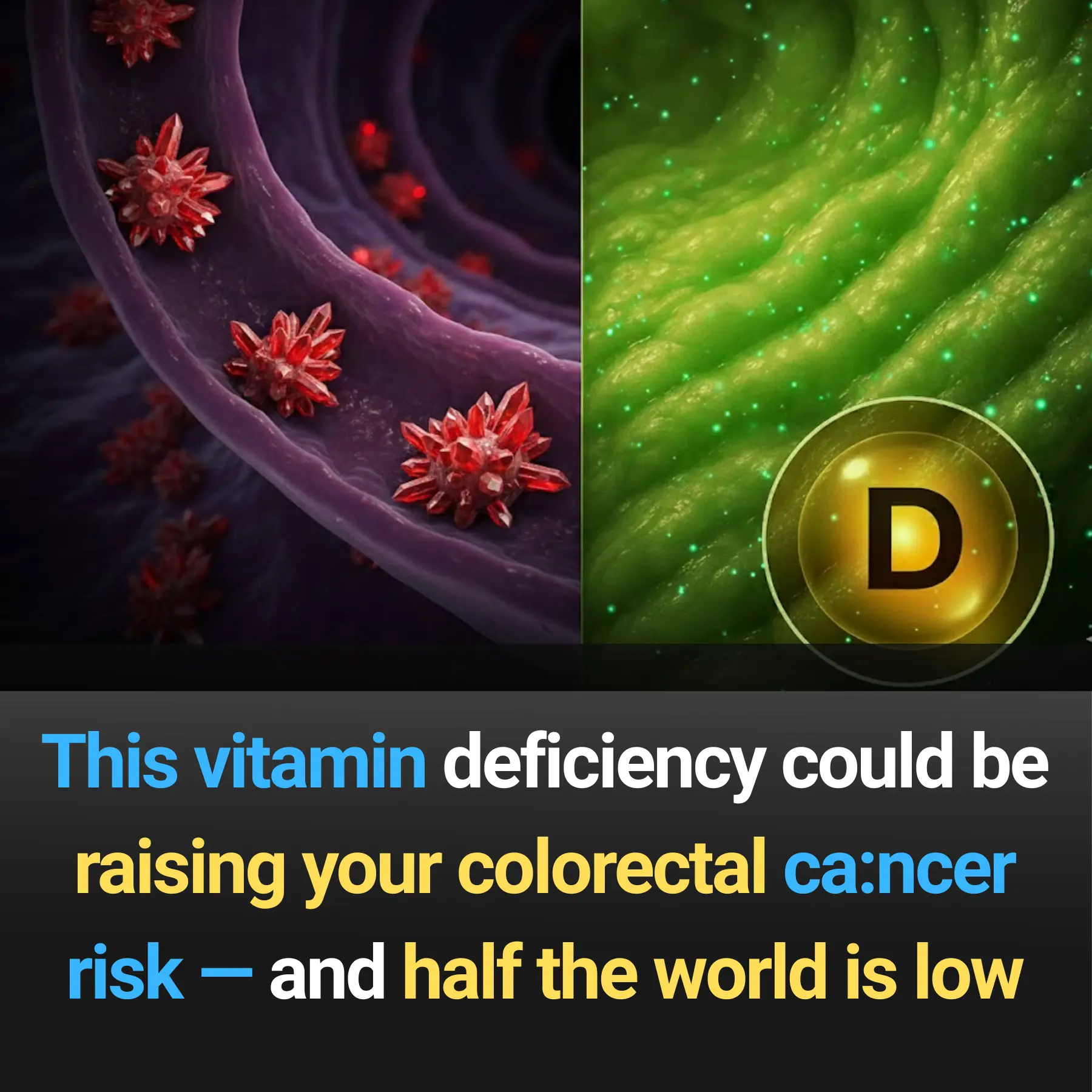
This vitamin deficiency could be raising your colorectal cancer risk — and half the world is low

Tomato Extract: Better And Safer Blood Thinner Than Aspirin

10 warning signs your kidneys are failing (symptoms most people don’t know)

10 Subtle Symptoms of Clogged Arteries You Shouldn’t Ignore

Blurred Vision in One Eye and a Headache
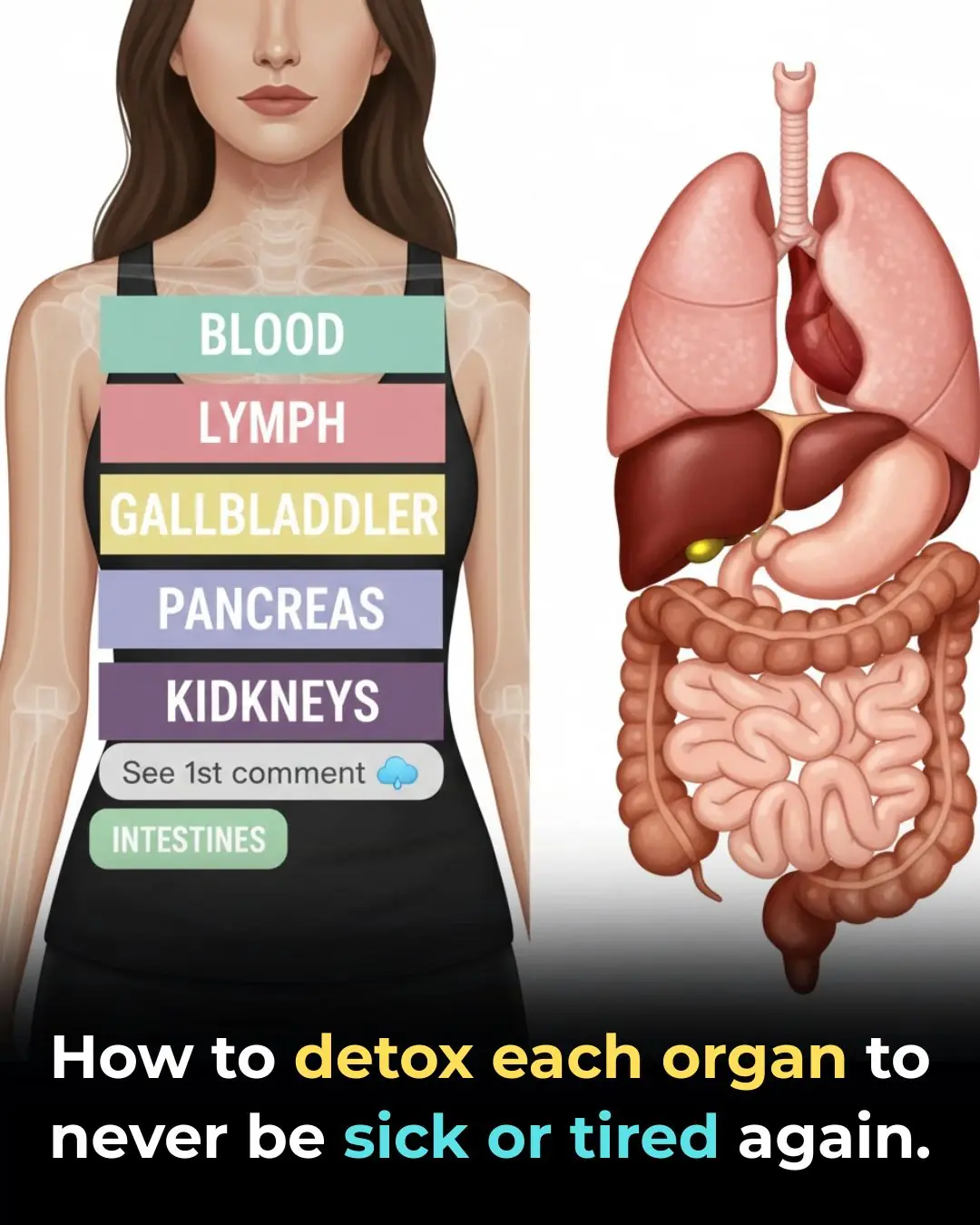
How To Detox Each Organ To Reset Your System
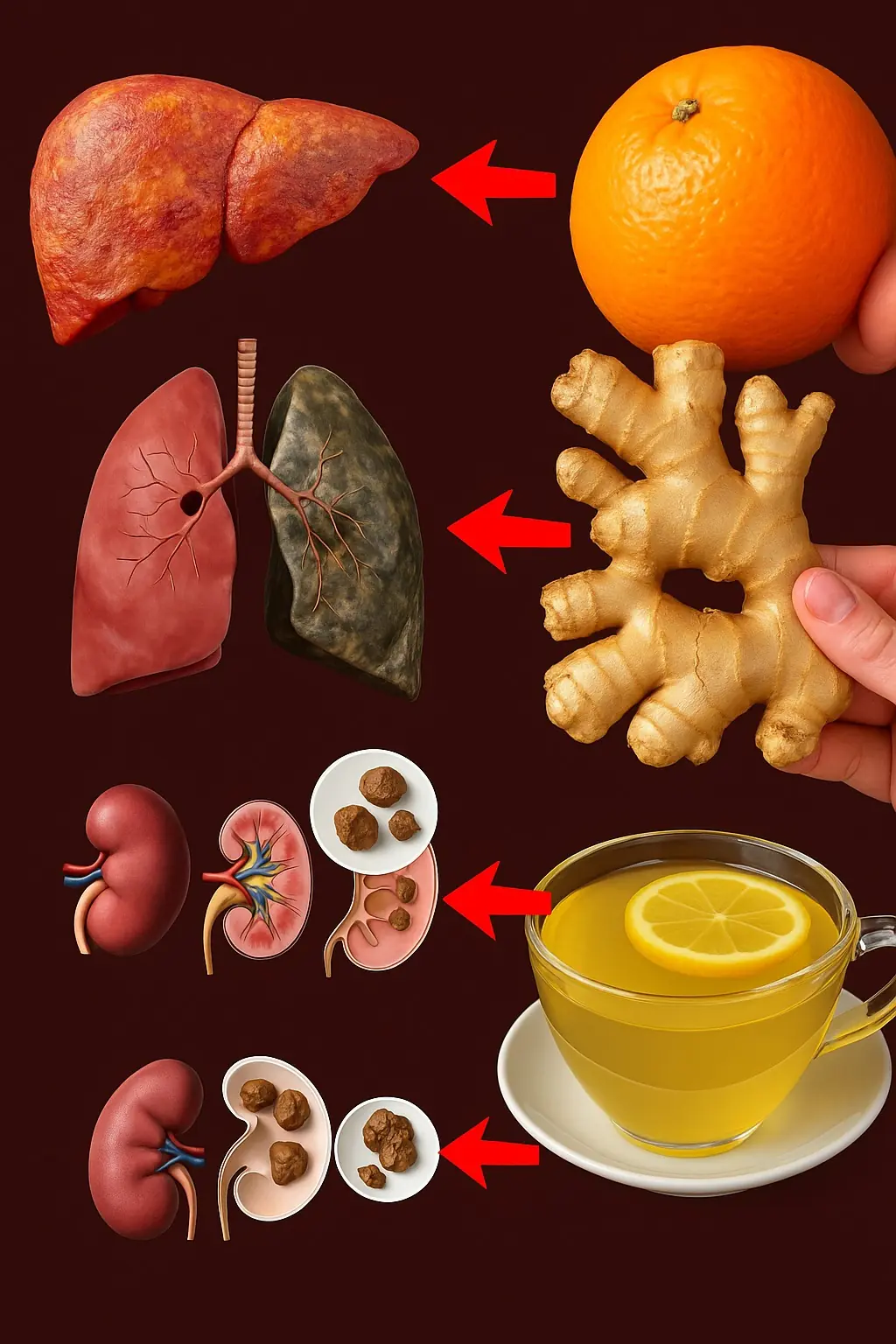
Natural Detox: Simple Daily Habits to Support Your Kidneys, Liver & Lungs

Apple Cider Vinegar: A Simple, Natural Way to Support Your Daily Wellness

7 powerful fruits that cleanse your kidneys naturally

What Can Your Urine Tell You about Your Health
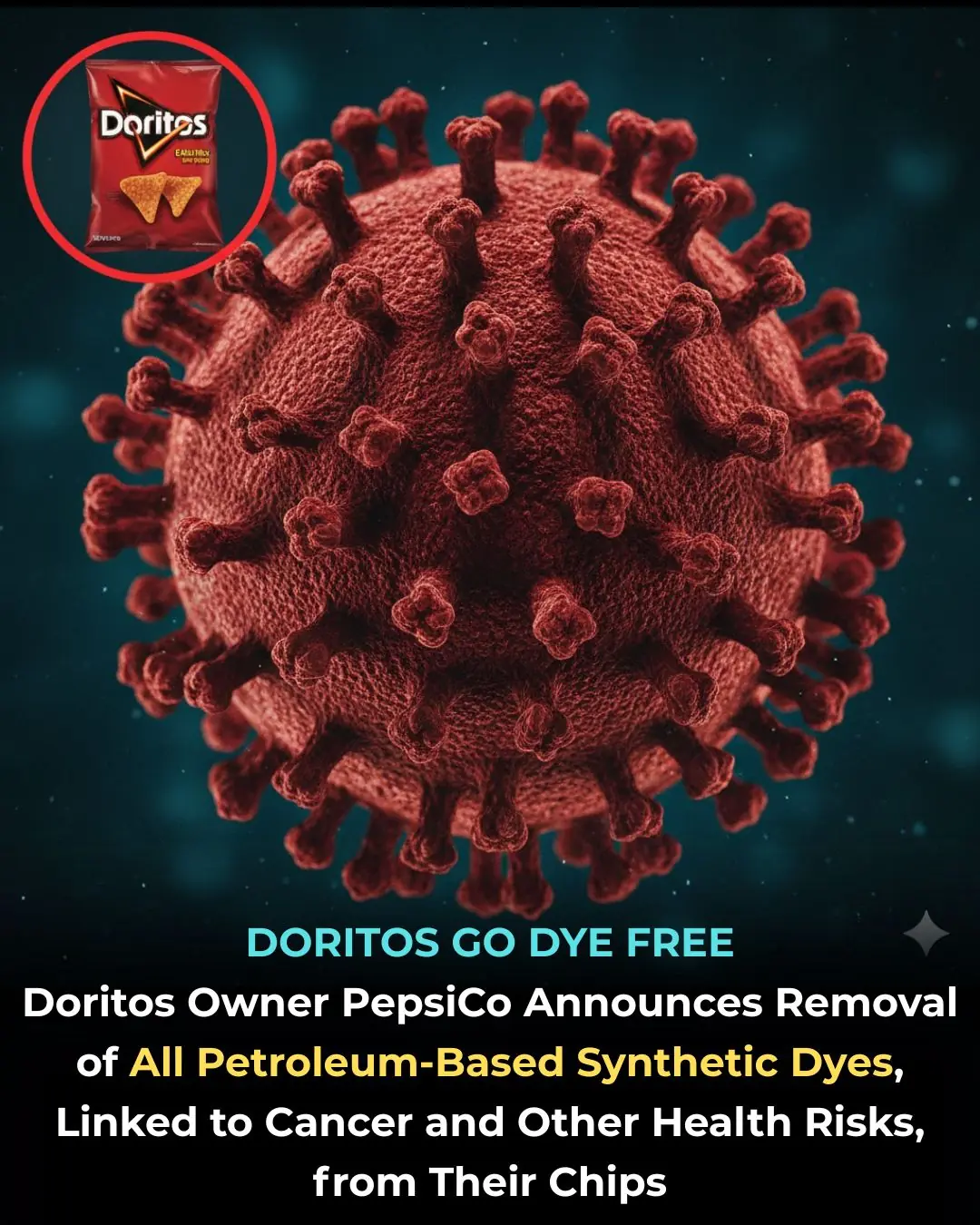
Doritos Goes Dye-Free: PepsiCo Shifts to Natural Colors

Everyday symptoms that keep appearing in people with bowel cancer

The Shocking Truth About Blood Clots and Natural Treatments That Actually Work
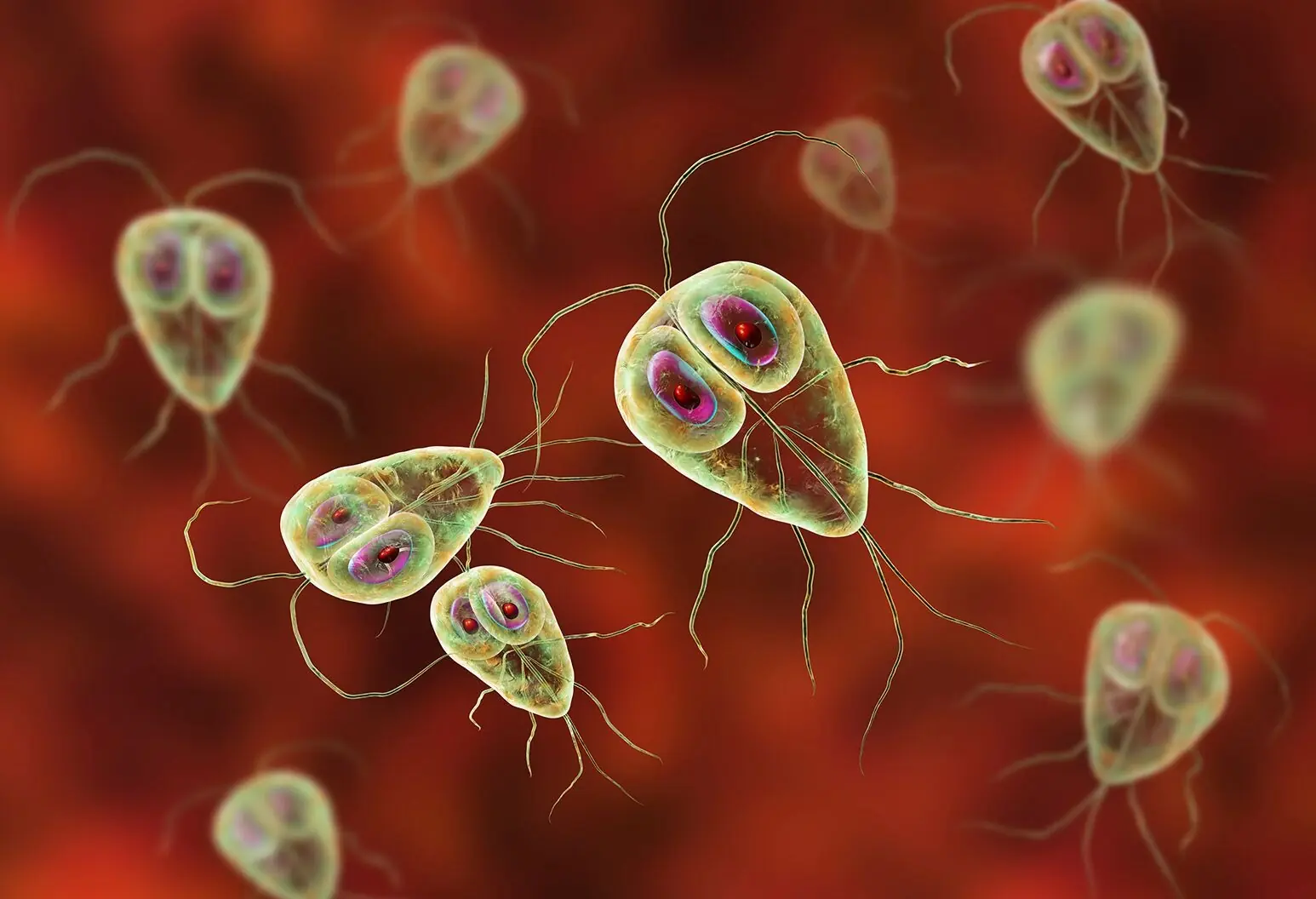
Hidden signs of parasites in your body and how to flush them out naturally

Proven Health Benefits of Eating Eggs Based on Evidence

Nanobots could be disease-fighting machines inside the body, offering a path to eternal life

Surgeon who watched online videos on amputation charged after removing his own legs

5 Estrogen-Rich Foods Women Should Eat for Hormonal Balance & Radiant Skin
News Post

This ancient seed oil may help calm knee pain better than Tylenol, study suggests

This vitamin deficiency could be raising your colorectal cancer risk — and half the world is low

Tomato Extract: Better And Safer Blood Thinner Than Aspirin

10 warning signs your kidneys are failing (symptoms most people don’t know)

10 Subtle Symptoms of Clogged Arteries You Shouldn’t Ignore

Yarrow: A Timeless Herbal Ally with Amazing Health Benefits
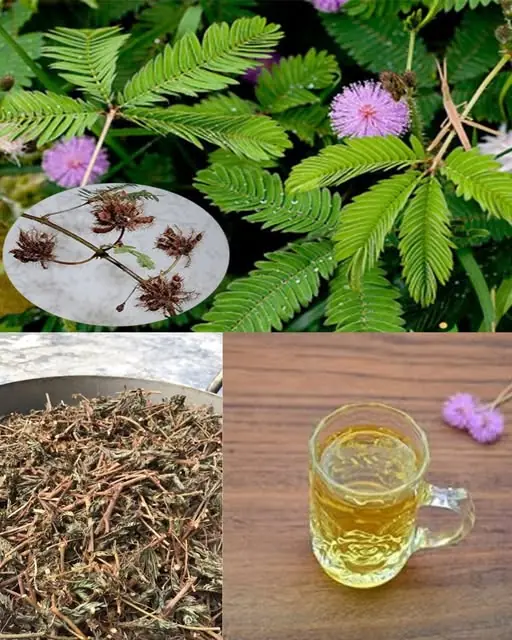
The Digestive Benefits of Mimosa Pudica: A Natural Gut Cleanser

The Stone Breaker Plant: Nature’s Remedy for Kidney Stones

Secret Tips for Growing Healthy and Productive Clove Plants
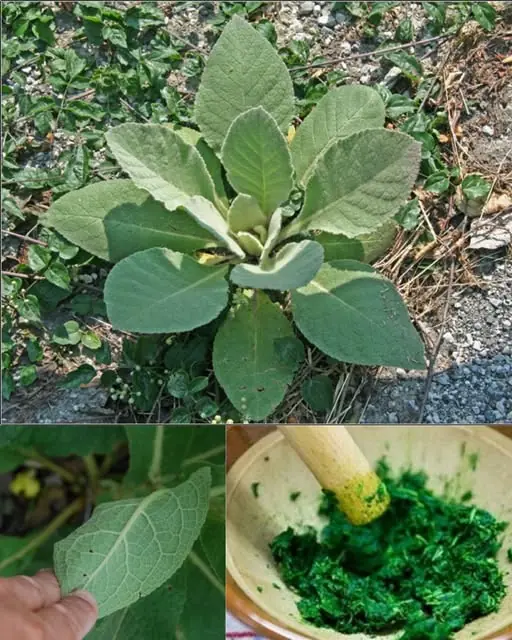
The Remarkable Benefits and Uses of Mullein Leaves

Meghan Markle speaks out after Balenciaga designer revealed she invited herself to Paris fashion week

Serial Brooklyn dine-and-dash influencer caught avoiding the bill in dramatic video as local eateries wise up to scheme

A-list actress looks completely unrecognizable in new ‘Hunger Games’ trailer

Joey and Jesse Buss fired by Lakers after $10 billion sale as family feud with Jeanie explodes

I’M A CELEB HAD A SPECIAL ‘SMOKO RULE’ THAT ONLY APPLIED TO ONE LEGENDARY STAR

Tips to clean shiny enamel at home without spending a penny

WHERE TO WATCH JOEY’S FRIENDS SPINOFF AS LOST EPISODES RELEASED AFTER 19 YEARS

PARIS JACKSON MAKES SHOCKING CLAIM ABOUT $10,000,000 WORTH OF DAD MICHAEL'S WILL

How to help you travel thousands of miles without getting motion sickness
